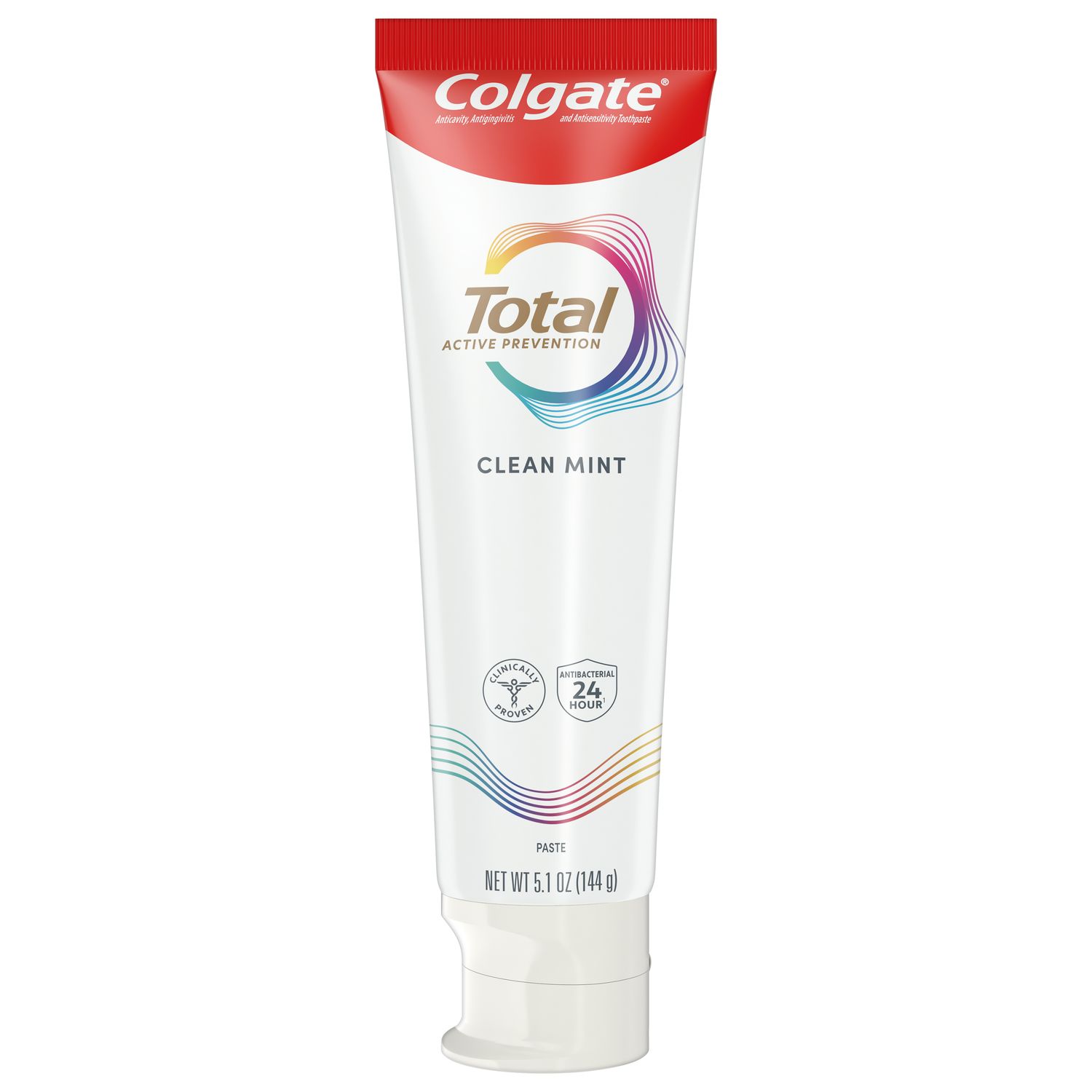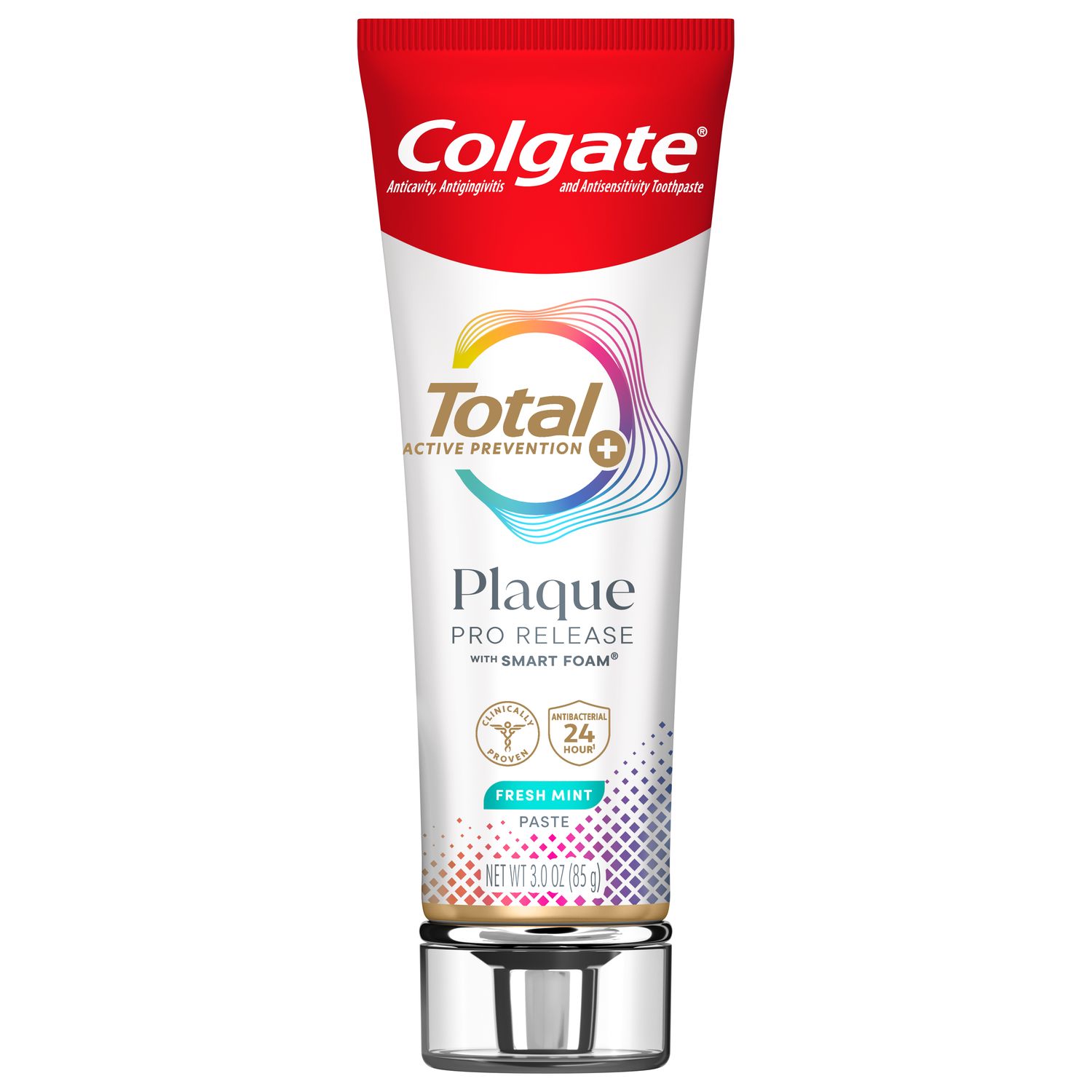
According to the American Dental Association teledentistry provides the means for a patient to receive services when the patient is in one physical location and the dentist or other oral health or general health care practitioner overseeing the delivery of those services is in another location.
Teledentistry has traditionally been thought of as access to care for the most vulnerable populations. For example, those living in rural areas that do not have access to dental care within reasonable proximity, children in underserved communities or individuals who are housebound. However, during the pandemic there was a significant increase in the utilization of teledentistry. This was a direct result of stay at home mandates and closures of dental offices across the nation, and in some cases as a result of a patient's reluctance to physically visit a dental office.
Teledentistry created access to care for many individuals who required professional recommendations, or necessary referrals, to address oral health needs during the pandemic. As a result many states have taken action to remove policy barriers to telehealth utilization and insurance reimbursement. Teledentistry legislation varies from state to state, dental professionals need to familiarize themselves with their local governance.
Many dental hygienists are still adapting to the "new normal" of returning to work during a pandemic. Schedules are fully booked making it challenging to find appointments for patients who are requesting a hygiene appointment. Many patients are overdue and require longer appointment times. Additionally, there is an increase in new patients as many offices closed their doors during the pandemic.
Teledentistry beyond its traditional role may offer a solution for many of these struggles, and may also improve the quality of care provided beyond in-office appointments. Below are some suggestions on how a dental practice can utilize and benefit from teledentistry.
Pre-screening existing patients and new patients
- How many times have you seated a patient, began to review their medical history, only to discover that unfortunately the patient is not cleared for dental treatment? Having a dental professional pre-screen the medical history with existing and new patients can help to prevent this from occurring. This tiny adjustment and utilization is invaluable to your practice. You save the patient an unnecessary trip and the appointment time can be reserved for another patient who is eligible to receive care.
- Pre-screening patients allows the dental hygienist to have a better understanding of what care and how much time may be required during the patient's hygiene appointment. It will also serve as an opportunity to prepare the patient to understand that a "routine cleaning" may not be enough. This can save time that can be used for hygiene-related treatment and preventive care.
Treatment follow-up
- SRP, surgical extractions, major restorative cases or implant cases are just a few examples where patients could be scheduled for a follow-up teledentistry appointment. This could be a brief appointment to see how the patient is feeling post-treatment, while also making sure the patient is following post-treatment instructions and answering any questions or concerns the patient may have.
Supporting patient compliance
- Some individuals require a more detailed home care plan and would benefit from extra support to achieve their oral health goals. In this case consider a follow-up teledentistry meeting 2-4 weeks after dental hygiene care. This appointment would serve as a way to check to see if the patient was able to obtain the products recommended and if the patient is compliant with the specialized home care regimens. It also gives the patient an opportunity to ask questions and will help identify if the patient requires a different recommendation.
Beyond the pandemic, teledentistry can be utilized to provide oral health care when patients do not require in-office visits. Creating space for pre-screening and post-treatment follow-up via teledentistry will save the patient and provider valuable time, and could improve the quality of care that takes place after the patient has left the office.
Join us
Get resources, products and helpful information to give your patients a healthier future.
Join us
Get resources, products and helpful information to give your patients a healthier future.













